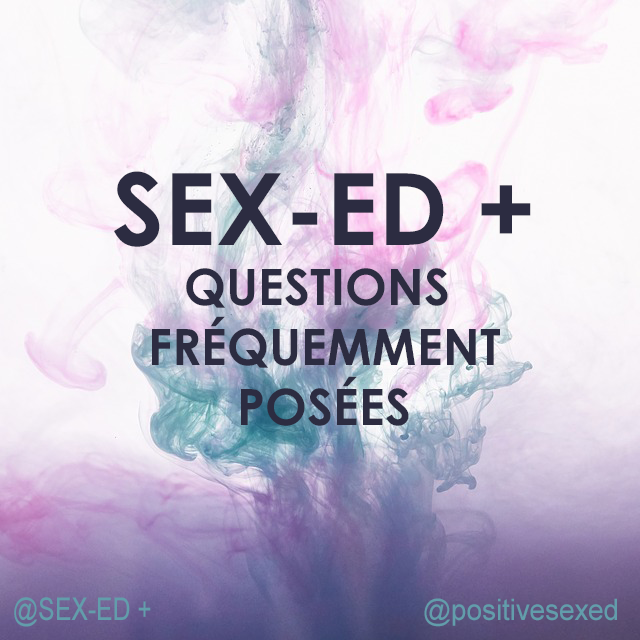What is the link between consent and genitalia?
Quite often, people wonder about the link between consent and genitalia. We could go on about this for hours. But to keep that answer short : To consent, we need to communicate. And to be able to communicate, all people involved need to have common words and knowledge. Knowing the name of things (body parts, sex acts, sensations…), being able to identify what is pleasurable, what is (un)comfortable, what is painful, not being ashamed of saying those things is fundamental.
By improving knowledge around genitalia, SEX-ED + wants to help dissipate shame, taboo and discomfort around bodies and sexualities.
Knowledge –> Power –> Choice
Are you intimate with your models?
Most brains have been trained to associate nudity / genitals with sexuality. Trust me, one can have dozens of genitalia reproductions in their basement without having even seen one of them “in real flesh”.
SEX-ED + is based on a culture consent. This obviously extends to the models (and the maker) who participate in the project. Never, ever do we actually see nor touch anyone’s naked body. Process is respectful of everyone limits and privacy and the most intimate act to happen between maker and model is the consent talk we have when we first meet for coffee/tea…And we all know that consent is sexy…😏😜😘
How do you establish consent with models?
A lot of thoughts has been given about consent, and how to establish it between SEX-ED + and it’s models, so that everyone feels valued, respected and safe, before, during and after the molding process. It would be too long to write it all, so just a few examples are shared here :
- We never ask for an immediate answer. We meet people, manifest a need for models, give them our contacts and never follow up (while saying we won’t follow up). No pressure to say yes, people can think it over and when and if they are ready, they’ll get in contact.
- Interview. Once a potential model contact us, we go for coffee/tea and THEY interview US. They can ask anything, they may end up half naked in our basement, they are entitled to know who we are. Some even do background checks in our diverse communities.
- Contract. There is a contract allowing SEX-ED + to use the reproduction of one’s genitalia. This contract also stipulates that SEX-ED + will do everything it can so that those reproductions are not used in a context that would be disrespectful of one’s body or identity. That’s why we only sell through a quote process, and not directly online.
- If molding happens, it’s a no touching, not even watching process. We do not know what one’s body looks like until we actually process the imprint and the person actually already left. And we always offer a copy to the model- They are not being payed, but we consider that their time and investment should be compensated.
That’s how we roll at SEX-ED +!
How do you determine SEX-ED + prices?
SEX-ED + is the first project worldwide (to my knowledge, please contradict me if needed) to produce pedagogical material for sexuality education that is molded on humans. It is also a one person project, operating without any grant or funding- So the only income for the project (and its human) is through the sales.
SEX-ED + products are handmade in Montréal, with high quality silicone. When we calculate the price, one part goes for the cost of materials (mold on model, process to create a mold that will last approx. 25 uses, weigh of silicone used, workshop material) and the other part goes to cover what is needed to have a project up and running: website, workshop rent, insurances, accountant, marketing material, fees to attend conferences etc.. In the last 6 months, we managed to put aside a salary of 1500 can$/month – Life will be a bit easier if we can reach 2000$.
Before starting the project, we did a survey of professionals to investigate their income and their capacity to pay, depending their employment. There are huge discrepancies between the wage of a sex-educator working in a non-profit and a urologist employed at an hospital. That’s why our prices are on a sliding scale, to improve accessibility for all.
Still, we know some of you, especially folks living in countries where currency is much lower than in Canada, can’t afford it. We understand, and offer two solutions:
- Register to our newsletter and keep your eyes peeled on our social media to buy slightly defectuous material at reduced price during workshop sales
- Hold on for a couple of years, our goal is to render the project available to all via 3D printing.🤩


Comments are closed.